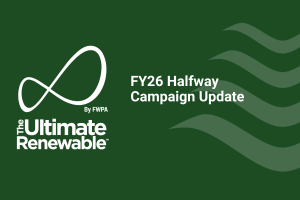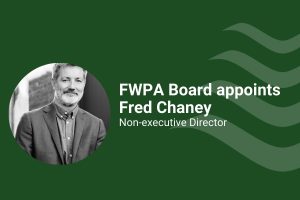The FWPA funded website for teachers has continued to grow its reach, aiming to encourage school teachers and other educators to embed the messages found in forest and wood-based teaching resources into the curriculum.
The FWPA funded ForestLearning program has continued to go from strength to strength during the last 12 months, with more teachers and students than ever before accessing its ever growing set of resources.
Established in 2011 in response to industry feedback, the forestlearning.edu.au website aims to encourage school teachers and other educators to use Australian forest and wood-based teaching resources, and embed their messages into the curriculum.
The site is a one-stop-shop that provides forest-related lesson plans, facts, videos and online games for primary and secondary school teachers. It incorporates input from a network of forest educators and forestry communication specialists from organisations across Australia, collectively known as the Australian Forest Education Alliance (AFEA).
There are now 56 resources on the site, covering a wide range of teaching subjects, with the program reaching over 50,000 students each year.
The site welcomes an average of 2,000 visitors per month, with its database of teachers having risen to 6,500. In addition, a related Facebook page has quickly developed into a major means of engagement with teachers, with over 600 followers signing up since its launch last year.
Members and stakeholders are also encouraged to help spread the word about the great work of FWPA’s highly successful ForestLearning program amongst their own contacts.
Eileen Newbury said, “We are delighted with the ongoing success of the program. It is vital that our messages are taught in schools so the next generation grows up fully aware of the many advantages of wood products.”
As the program continues to grow, FWPA is looking to recruit a new program manager, as well as increase uptake, and further develop resources in response to demand and gap analysis.



